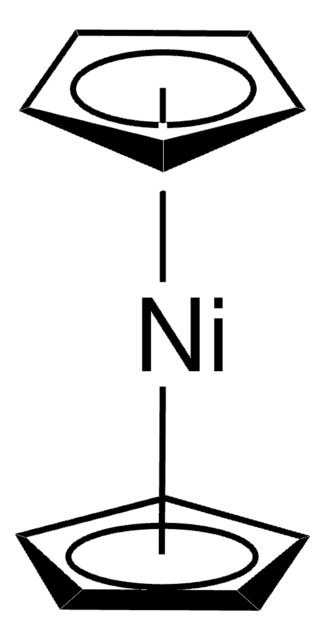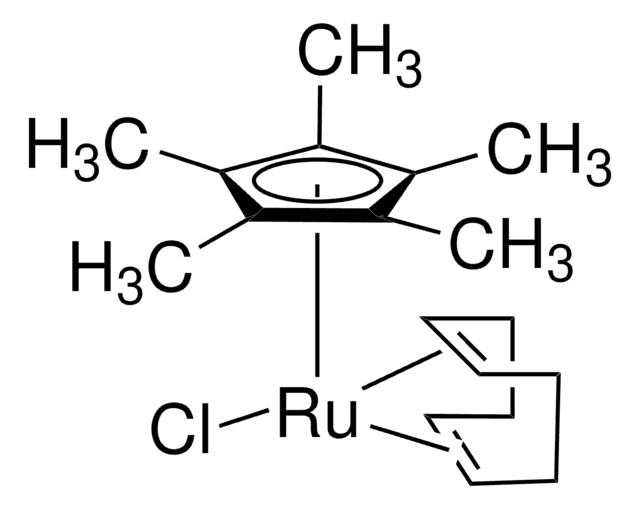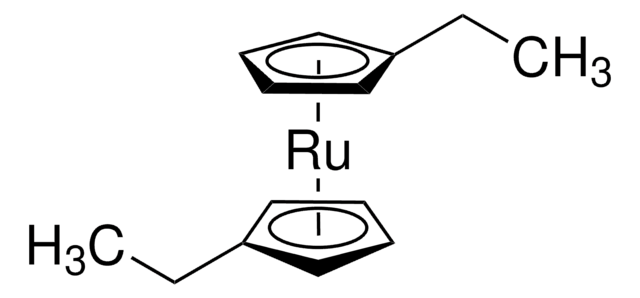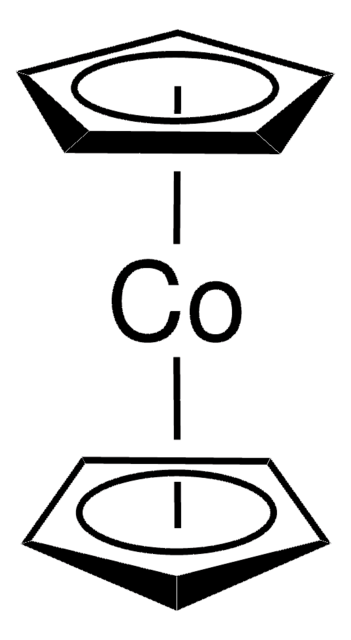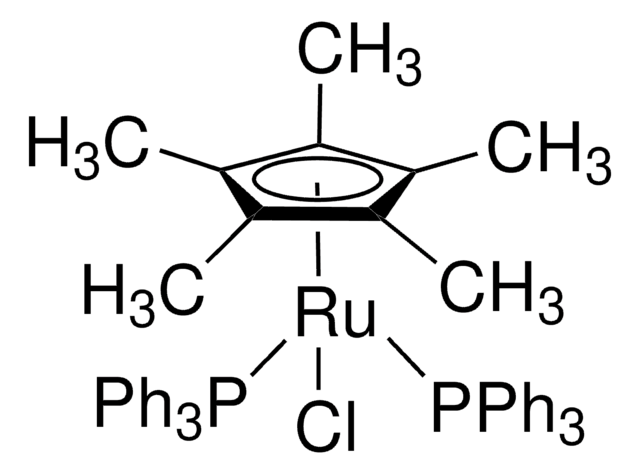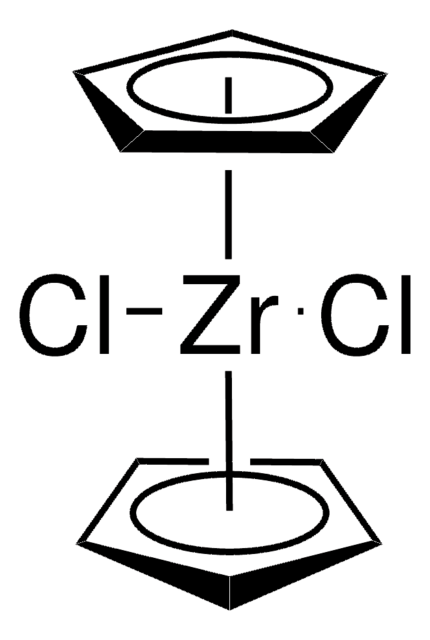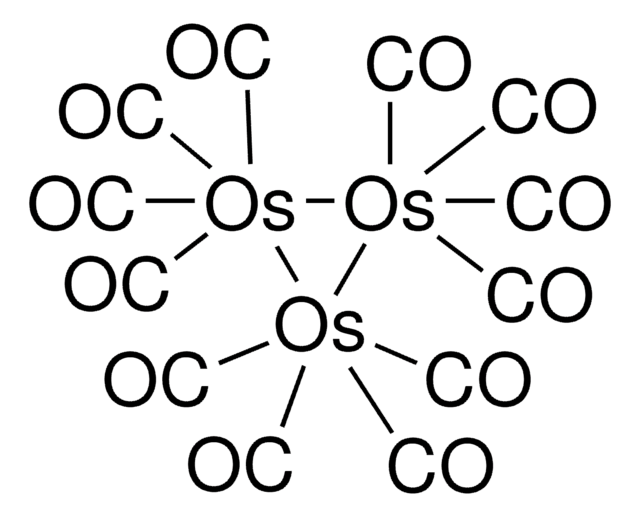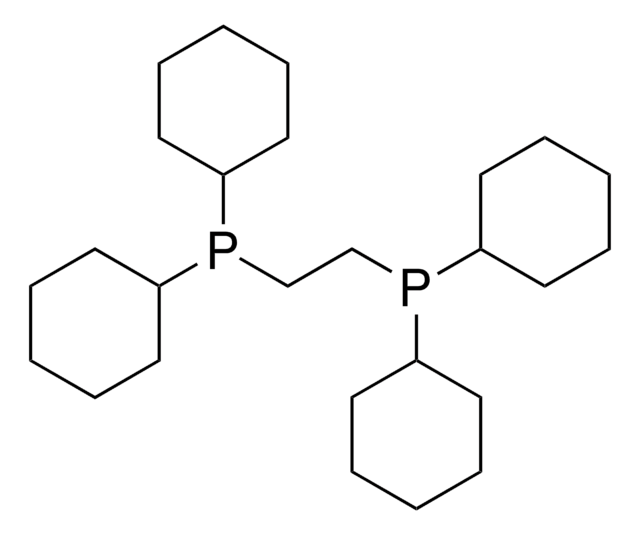All Photos(1)
About This Item
Empirical Formula (Hill Notation):
C10H10Ru
CAS Number:
Molecular Weight:
231.26
EC Number:
MDL number:
UNSPSC Code:
12352103
PubChem Substance ID:
NACRES:
NA.23
Recommended Products
Quality Level
assay
97%
form
solid
reaction suitability
core: ruthenium
reagent type: catalyst
mp
199-201 °C (lit.)
SMILES string
[Ru].[CH]1[CH][CH][CH][CH]1.[CH]2[CH][CH][CH][CH]2
InChI
1S/2C5H5.Ru/c2*1-2-4-5-3-1;/h2*1-5H;
InChI key
BKEJVRMLCVMJLG-UHFFFAOYSA-N
Looking for similar products? Visit Product Comparison Guide
Related product
Product No.
Description
Pricing
signalword
Warning
hcodes
Hazard Classifications
Eye Irrit. 2 - Skin Irrit. 2 - STOT SE 3
target_organs
Respiratory system
Storage Class
11 - Combustible Solids
wgk_germany
WGK 3
flash_point_f
Not applicable
flash_point_c
Not applicable
ppe
dust mask type N95 (US), Eyeshields, Gloves
Choose from one of the most recent versions:
Already Own This Product?
Find documentation for the products that you have recently purchased in the Document Library.
Customers Also Viewed
M Wenzel et al.
International journal of radiation applications and instrumentation. Part A, Applied radiation and isotopes, 38(1), 67-69 (1987-01-01)
The radioactive decay of [103Ru]ruthenocene derivatives leads to 103mRh labelled rhodocinium derivatives, which can be separated by the extraction of a lipophilic solution of the ruthenocen derivate with water. The separation factor 103mRh/103Ru reaches values of 32:1 Rh3+ ions are
M Schneider et al.
Zeitschrift fur Naturforschung. Section C, Biosciences, 37(1-2), 136-138 (1982-01-01)
In buffer solution (pH 7,4) ruthenocene and osmocene are far more stable than ferrocene. The metallocenes ruthenocene and osmocene are metabolized by microsomes of mouse liver in the presence of NADPH and O2. The Km-values are similar for both metallocenes
Adam J Salmon et al.
Chemical communications (Cambridge, England), 48(17), 2328-2330 (2012-01-20)
We have determined the protein X-ray crystal structures of four organometallic inhibitors in complex with their target enzyme carbonic anhydrase II. The barrel-shaped hydrophobic ferrocene and ruthenocene moieties have provided a structure-based avenue to better occupy the hydrophobic binding patch
Cynthia T Sanderson et al.
Inorganic chemistry, 44(9), 3283-3289 (2005-04-26)
Electronic absorption and resonance Raman spectral studies of benzoylruthenocene (BRc) and 1,1'-dibenzoylruthenocene (DRc) indicate that the low-energy electronic excited states of these 4d(6) metallocenes possess metal-to-ligand charge transfer (MLCT) character. While this MLCT contribution should weaken the metal-ring bonding in
Malay Patra et al.
Chemical communications (Cambridge, England), 47(41), 11444-11446 (2011-09-22)
A convenient synthesis of azidomethyl-ruthenocene and its use in the covalent labelling of amino acids, peptides and a peptide nucleic acid (PNA) monomer derivative by Cu(I) catalyzed azide-alkyne coupling (Cu-AAC, "click chemistry") are described.
Our team of scientists has experience in all areas of research including Life Science, Material Science, Chemical Synthesis, Chromatography, Analytical and many others.
Contact Technical Service